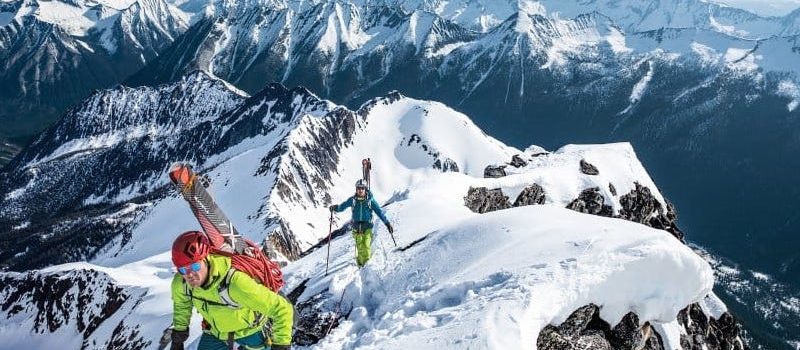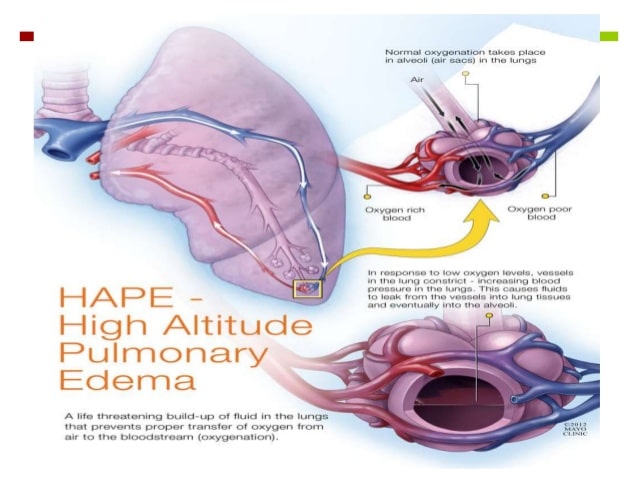
Why do they do it? Why do so many people risk their lives to summit a mountain peak? Year after year we see countless outdoor enthusiasts tackle the powerful forces of mother nature to conquer high-elevation mountains around the globe. While many are aware of certain risks, such as avalanches and freezing temperatures, the leading cause of death in high altitude mountaineering takes even the most experienced by surprise.
High Altitude Pulmonary Edema, commonly referred to as HAPE, is a life-threatening condition that affects individuals ascending from low to high elevations at a rapid pace. As a result of low oxygen levels, blood vessels constrict causing fluid to leak and accumulate in the lungs. Early symptoms consist of shortness of breath, congestion, and cough. However, it can quickly escalate to wheezing, bloody phlegm, feelings of suffocation or death.

If you or someone from your group exhibits signs of HAPE, it is crucial to take immediate action. Symptoms typically arise within 2-4 days of ascent above 2500-3000 meters and persist for 24-48 hours or longer. Descending to a lower altitude as quickly as possible is the first step to take. Minimal exertion during descent, supplemental oxygen, warmth and rest are among the other treatment suggestions. It has also been shown that a daily dose of 60 mg of Nifedipine, an antihypertensive drug, effectively improves the treatment of HAPE. If symptoms persist, it is necessary to seek medical attention.

Are you at risk? The answer to this question is tricky seeing how there is little scientific evidence supporting the specific factors contributing to the development of HAPE. However, findings do show that genetics, underlying medical conditions, rate of ascent, prior development of HAPE, and peak altitude play a significant role. Therefore, it is crucial to educate and prepare yourself properly.
HAPE is not something to take lightly. With its indiscriminate and unpredictable nature, we should all take the necessary precautions. Symptoms of HAPE typically mimic other respiratory conditions, such as pneumonia or asthma, making it that much more dangerous. Understanding the signs to look for, as well as acclimating properly prior to your trip will lessen the odds of developing HAPE. The primary recommendation for prevention is gradual ascent with days of rest in between gains in elevation.
We all feel the pull of the mountains. However, we must not forget the powerful elements that are inevitable when pursuing our passions. As long as you educate yourself, prepare properly and stay aware of yourself and others; you will reach that majestic peak.